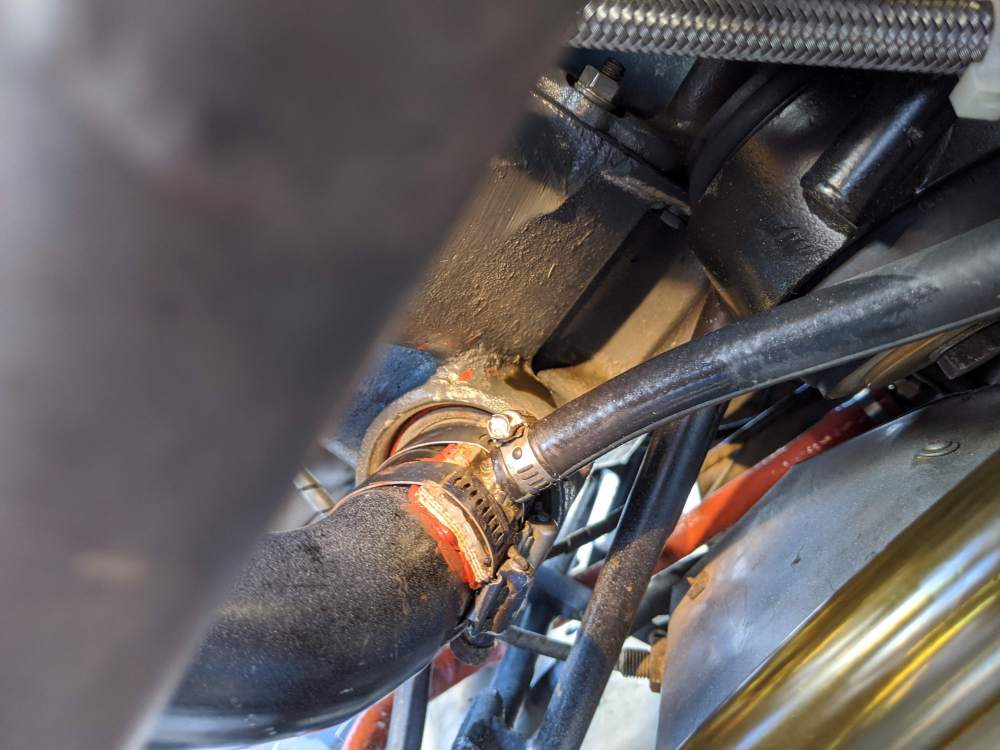-
Posts
37 -
Joined
-
Last visited
Content Type
Profiles
Forums
Blogs
Gallery
Downloads
Events
Store
Everything posted by ltdoyle
-
You can insert cotton rope through the spark plug hole, then gently pull the prop until the rope is against the valves. You can then take the valve springs off. After that, remove the rope and take the piston down to the bottom. You can then tie a piece of floss on the end of the valve and push it into the cylinder (string and all). After than you can run a reamer through the valve guide to clean it out. Pull the string out the spark plug hole with a claw grabber, exposing the valve stem where you can inspect it and clean any gunk off of it. Use the claw grabber to go through the valve guide, and grab the string and pull it back through the valve guide. You can then take a long screw driver through the spark plug hole to help you guide the valve back into the valve guide, while pulling on the string. After that, put the rope back in and install the springs. (I have also used compressed air instead of rope). Takes about 30 minutes start to finish to do a cylinder.









